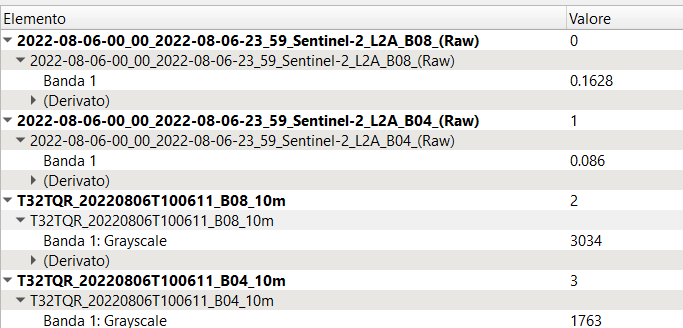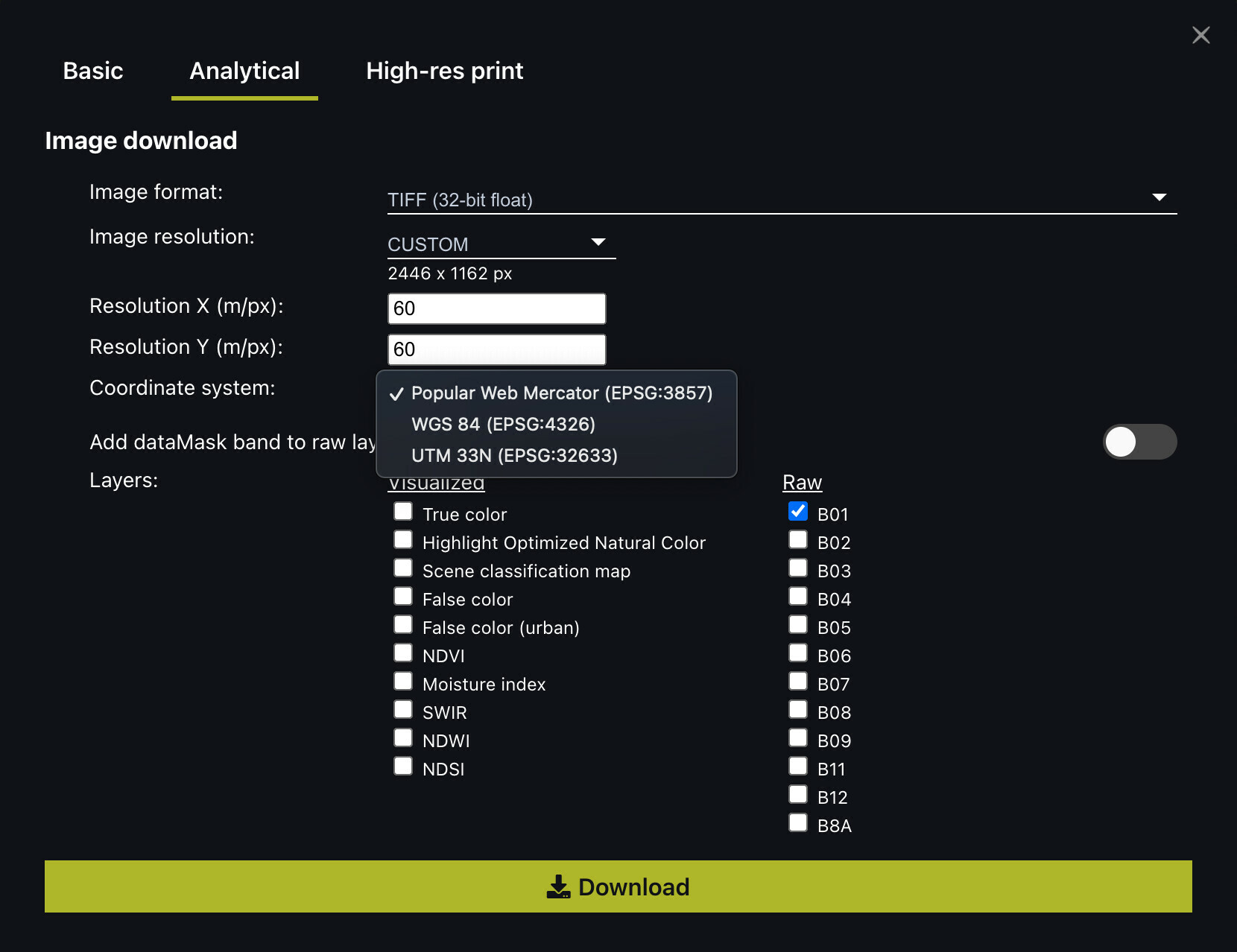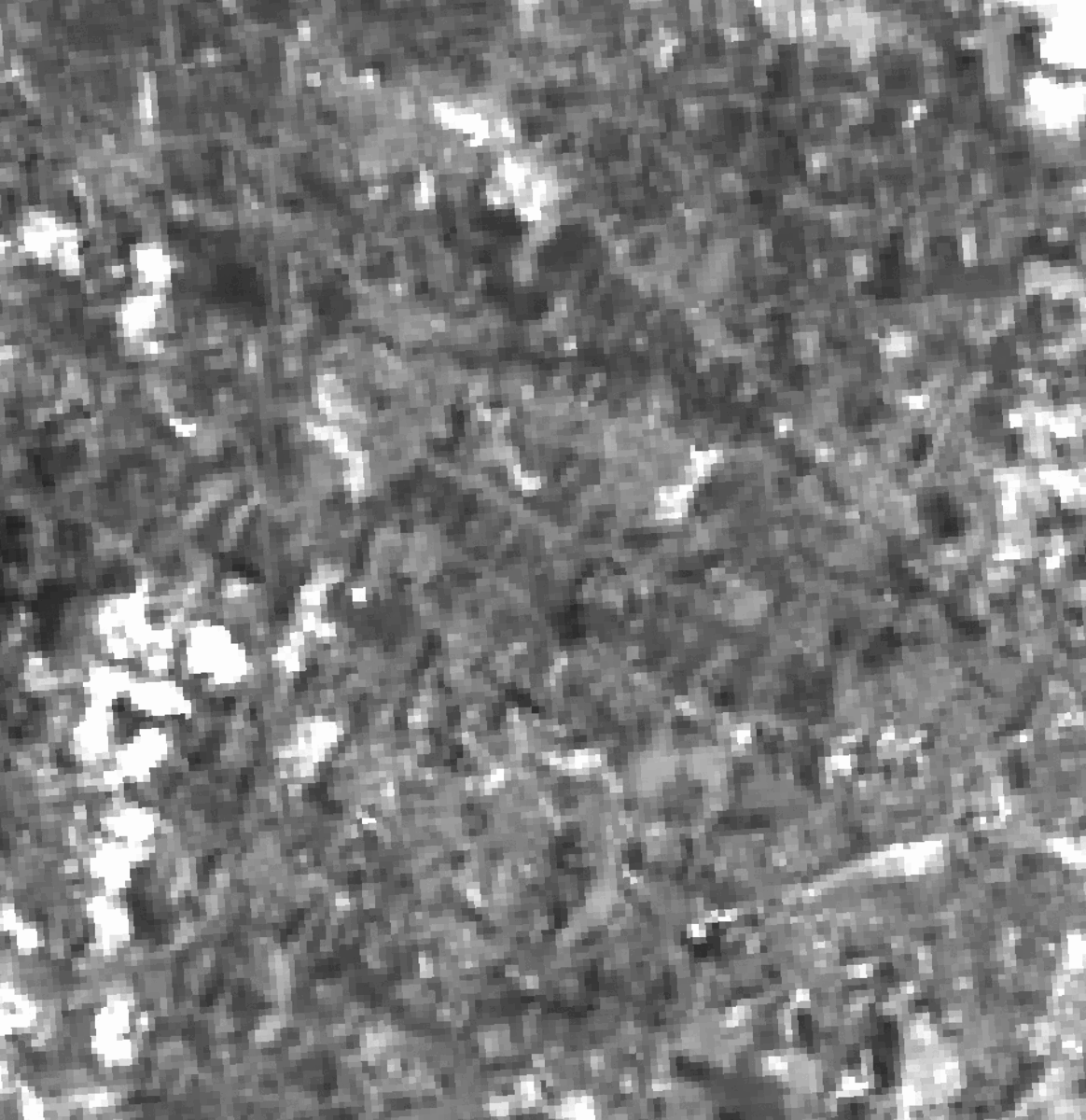Hi,
I am doing some comparison between NDVI from EO browser platform and from calculation offline starting from the band rasters downloaded by https://scihub.copernicus.eu/dhus/#/home (both with L2A level)
I have tried also the custom panel in EO platform with the instructions of this post (NDVI values from SentinelHub different from the ones calculates in Qgis) among others, but I keep getting different values (the differences are not negligible), in particolar higher values in EO browser with respect to the offline calculation.
Could you help me please?
Thanks in advance
Calculation of NDVI
Enter your E-mail address. We'll send you an e-mail with instructions to reset your password.




